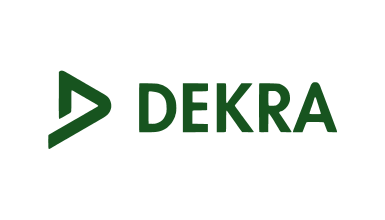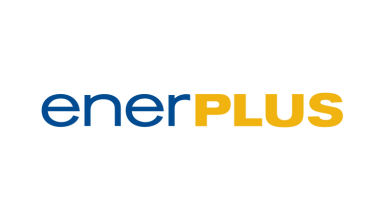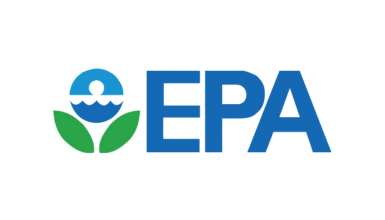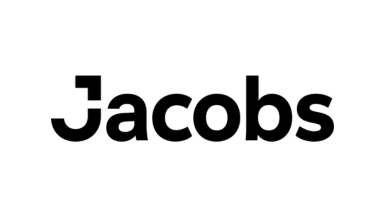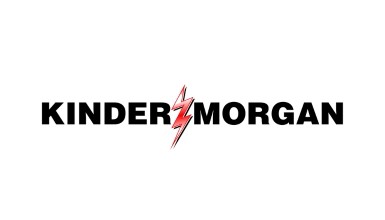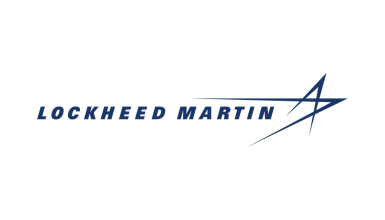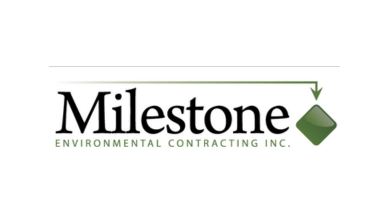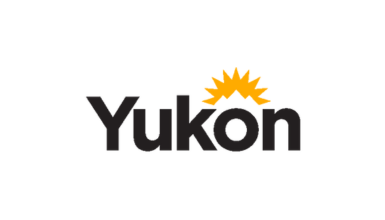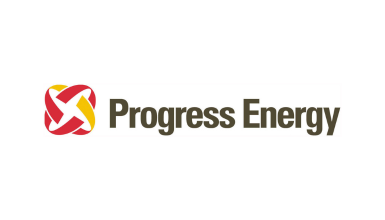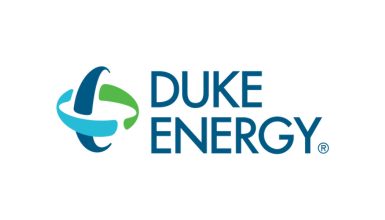
Creosote Remediation
Idaho, United States (Superfund)
Project Details
Iron Creek Group coordinated with a general contractor, the EPA, the state of Idaho and The Coeur d’Alene tribe to clean up over 5.2k tons of creosote contaminated soil in north central Idaho. The material was submerged in a river and was excavated for treatments.
Project Operations
Applying Enhanced Thermal Conduction (ETC) technology to batch-treat soil onsite, heated air was used to conductively heat soil and vaporize the contaminants. The process is unique in that it can achieve cleanup criteria more efficiently than conventional thermal technologies. Rather than move/tumble the soil, it relies on vapor pressures to move the vaporized contaminants from the soil and into the off-gas treatment unit.
Planned Customer Results
A total of 5,264.53 tons of sediments were successfully treated to regulatory criteria. The Operational Uptime for this project was 99.997%. The project was completed with a 100% safety record.

Colorado, United States (Superfund Site— In Progress)
Project Details
Iron Creek Group is currently coordinating with a contractor and the EPA to apply indirect heat to achieve thermal conduction – the desorption of creosote contaminants from the site material via Enhanced Thermal Conduction cells.
Following treatment, the remediated soil will be tested for reuse on-site consistent with the MMP. The on-site treatment of these soils will eliminate almost 500 truck trips to and from the site, resulting in a net reduction of more than 250,000 metric tonnes of CO2 emissions and other air pollutants.

Safety is Our Number One Priority
Our process is designed to meet the most rigorous regulatory standards because we understand the biggest liability to site remediation is human health and safety. Our stringent protocols protect human and environmental health, and ensure an incident-free job site.
Even our technology is designed with safety in mind. For example, our remediation process is static— there are no moving parts. Contaminated soil stays in place, removing the liability associated with loading and trucking materials off site.

